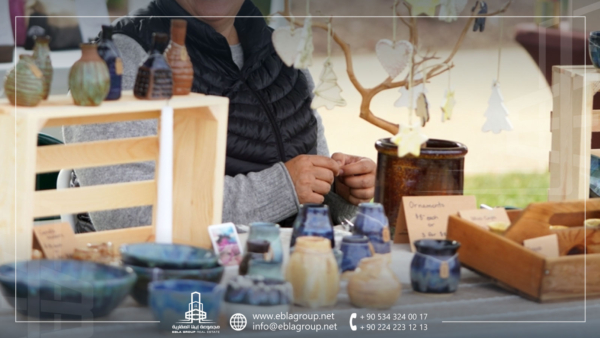Handicrafts in Turkey
A handicraft is any type of work where useful and decorative objects are made completely by one’s hand or by using only simple, non-automated related tools like scissors, carving implements, or hooks. Undoubtedly, handicrafts in Turkey have received great attention from the Ottoman Empire in the past and the Turkish government now. Despite the development and the presence of machines, handicrafts in Turkey attract lovers of heritage from tourists and residents as we will see in this article from Ebla Real Estate.
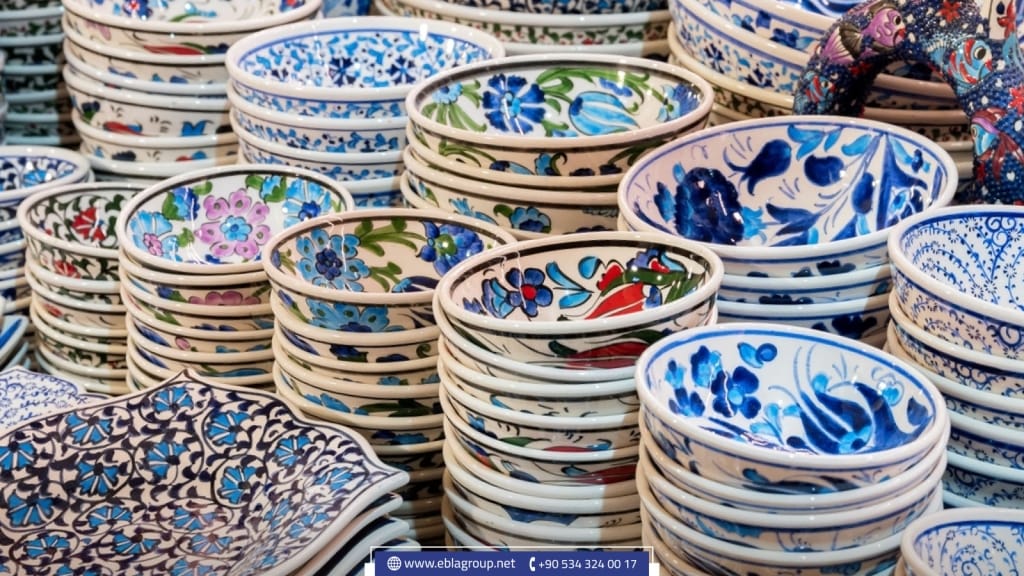
Handicrafts in Turkey:
The Local Handicrafts in Turkey are available in workshops, cultural centers, fine art academics and non-governmental organizations. Some of the arts maintain commercial activities through serial production with the latest technology. There are craft shops on almost every other street across Turkey. In addition, there are so many handicrafts in Turkey that attract the attention of residents and tourists.
Jewelry:
Turkish jewelry has a history as long as that of Turkey itself. Turkish jewelry designs draw worldwide interest with their unique motifs, rich legacy, and artisan craftsmanship.
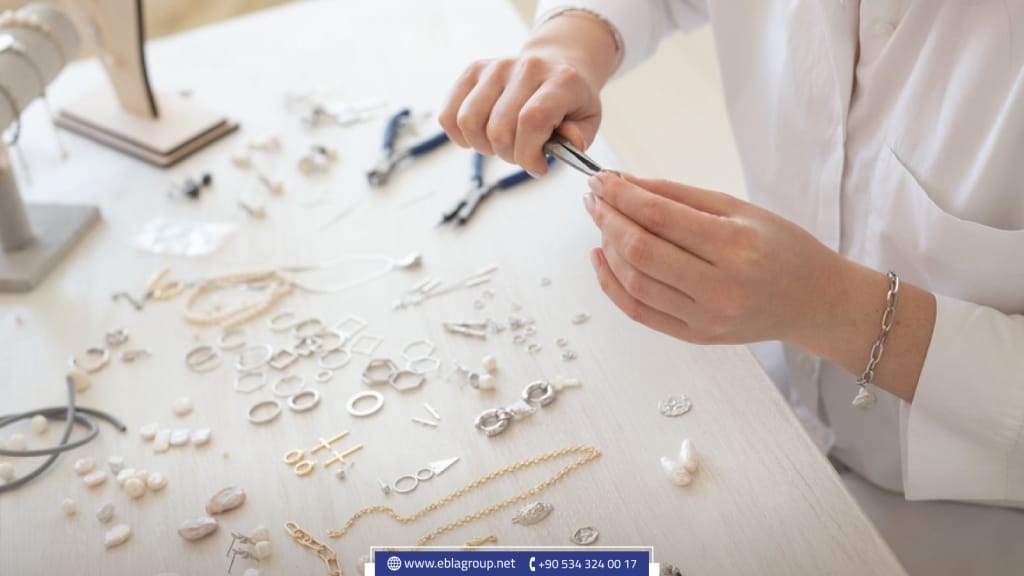
Moreover, the Ottoman Empire was a notable threshold that enhanced the superb craftsmanship of Turkish jewelry designers. The rich heritage of superb craftsmanship continues to fuel and inspire contemporary designs as you can find many striking pieces which blend the traditional art of jewelry making with modern touches in Turkey.
Glass:
The glass industry is one of the oldest industries, dating back to the Anatolian civilizations. Stained glass in different models and forms was developed by Seljuks. In the Ottoman Empire after the conquest of Istanbul, the city became the glasswork center. In addition, the first production of glass in the form of a bead to ward off the evil eye was carried out by expert craftsmen of the village of Gorele in the Province of Izmir.
Copper:
Copper objects have become an established art form, and copperwork is now cited among the most renowned handicrafts of Turkey. Furthermore, Turkey is the birthplace of a certain technique of smoothening the metal by heating. It is also a very important cultural center of this craft. Every year, thousands of functional and decorative objects are produced using copper. Ornamented coffee pots and pepper grinders are also common metal objects that can be found everywhere from local bazaars to little souvenir shops.
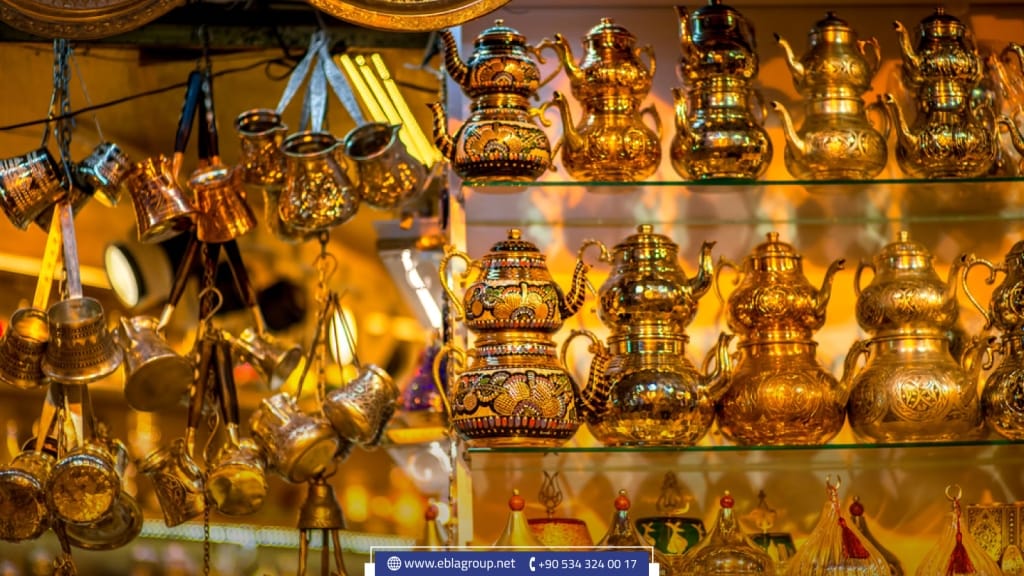
Woodcarving:
Woodcarving, an ancient Turkish art, was employed in various techniques on architectural elements such as columns, doors, window shutters, and on objects such as chest boxes and small tables. The art of woodcarving gained a place for itself in Turkish culture over an extended period of time. As cultural wealth grew, woodcarving techniques and the range of architecture decorated by these techniques increased significantly. The finesse of wood carving can be particularly observed on wooden mosques built in Central Anatolia.
Pottery:
Pottery is an art in which pots, bowels, vases and cups are made by firing, with or without glaze. It has been practiced in Anatolia for many centuries. Moreover, it has served as a source of income for locals. Among the most famous areas in the manufacture of pottery is Avanos, which is about 8 kilometers from Cappadocia’s historical center of Göreme. Avanos has plenty of workshops available where you can try making pottery guided by one of the experts. From ashtrays to more delicate vases, you’ll find that the beautiful red clay takes many shapes.
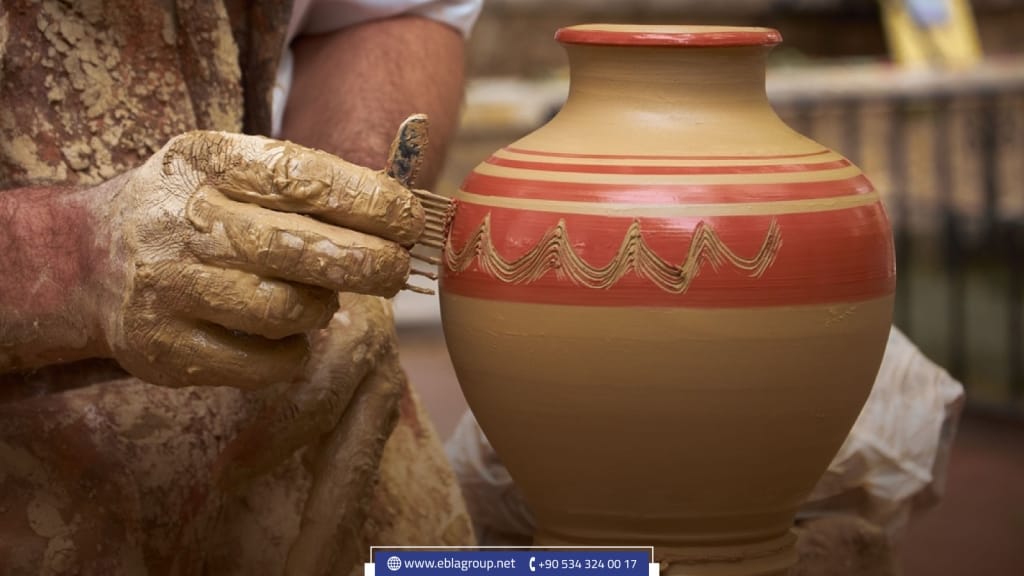
Glazed earthenware tiles:
Glazed earthenware tiles were brought to Anatolia by Seljuks. Seljuks artists were especially successful at creating animal designs. The glazed earthenware tiles were initiated in the 14th century in Iznik. Between 14 and 19th centuries, Turkish glazed earthenware tiles and ceramic art became world famous for their extraordinary creative workmanship.

Weaving and Embroidery:
Turkish weaving going back to very old times in Anatolia. Moreover, it had become an important art during the Ottomans. The most productive period of Ottoman weaving art is the 16th century. Embroidery, a unique example of Turkish handicrafts, is not only used for decoration but also as a means of communication tool with the symbolism in its designs. Today, embroidery is made with tools such as the crochet needle, needle, shuttle and hairpin designed either as a border or motif. It goes by different names according to the implement used and the technique.
Carpet:
Among the handicrafts in Turkey are Turkish handmade carpets. Carpet industry is one of the oldest famous handicrafts in Turkey. Moreover, Turkish handmade carpets are made exclusively by hand by the locals who make them stand out as a feature to be deeply appreciated. The city of Hereke is one of the most famous cities in the carpet industry. Hereke carpets are Turkish handmade carpets produced and sold in Hereke. For a long time, they used to be produced only in Hereke. The materials used are silk, a combination of wool and cotton, and sometimes gold or silver threads.
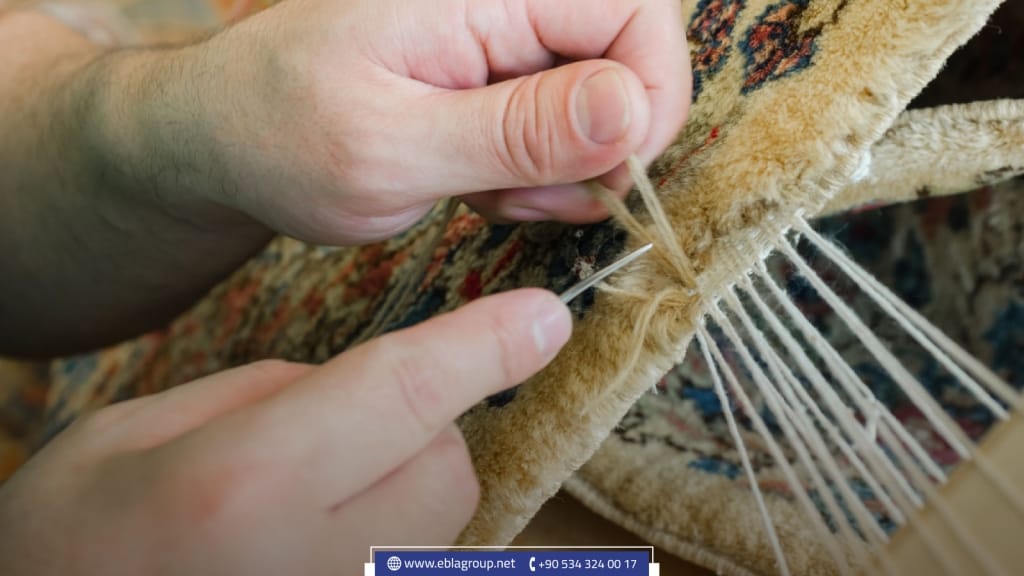
Thus, we talked about the handicrafts in Turkey.
Edited by: Ebla Group Real Estate
If you like the topic, do not forget to share it with your friends.
